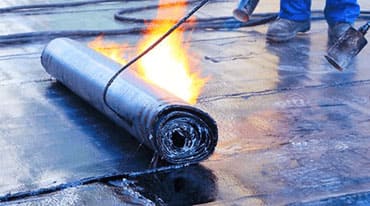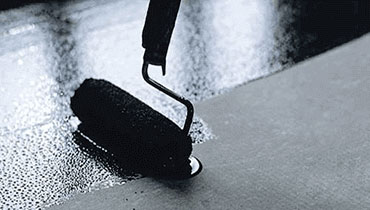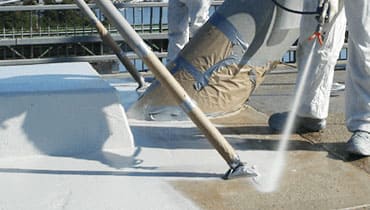What is Waterproofing?
What is Waterproofing?
- Home
- Water Proofing
- What is Waterproofing?
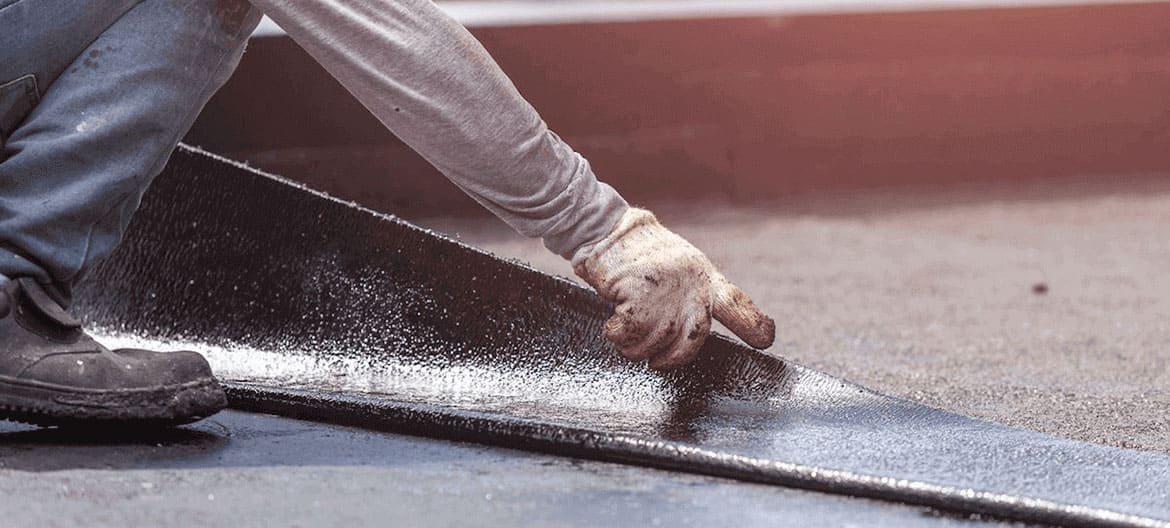
Water Proofing
Waterproofing is the combination of materials or systems that prevent water intrusion into structural elements of the buildings or its finished spaces. Basic waterproofing and envelope design incorporate 3 steps to ensure a watertight and environmentally sound interior :
- Understanding water sources likely to be encountered
- Designing systems to prevent leakage from these sources
- Finalizing the design by properly detailing each individual envelope component into adjacent components
Waterproofing in Buildings
Waterproofing is a basic requirement of construction. A building or structure is waterproof using membranes and coatings to maintain structural integrity. Nevertheless, many households and commercial buildings annually report damages and problems that may be due to insufficient waterproofing and implementation. To avoid such problems, you can have a look at the membranes, which are one of the waterproofing systems that give effective results. The waterproofing membrane is an effective material that can meet your needs.
Waterproofing in buildings is the formation of an impervious barrier over surfaces of foundations, roofs, walls and other structural members of building to prevent water penetrations through these surfaces. The building surfaces are made water-resistant and sometimes waterproof.
Waterproofing in buildings and structures is generally required for basement of structure, walls, bathrooms and kitchen, balconies, decks, terrace or roofs, green roofs, water tanks and swimming pools etc.
Most waterproofing materials may be classified as:
Preformed Membranes
Liquid-Applied

Powder-Based systems
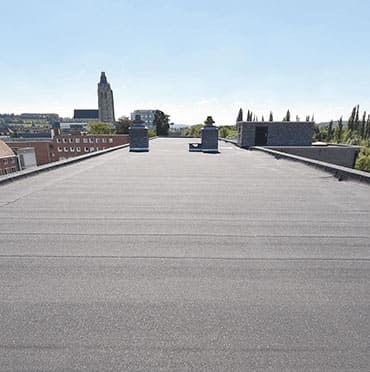
Waterproofing Materials
Waterproofing membranes are made from several one or more layer materials such as rubber, elastomer, polyethylene, polypropylene, bitumen, polyvinyl chloride (PVC), polyurethanes, ethylene propylene diene monomer (M-class) rubber EPDM, silicate, bentonite clay, fabrics, fiber glass, Cementious high-build coatings, composite layers, resin coatings, plastic sheeting, polymer liners, mastics and metal sheet.
The most important property of the waterproofing material is the material’s water absorption rate. A satisfactory rate is below 4% (most materials are between 1-2%). Also important is the thickness of the material. Most manufactured materials have a uniform thickness making the application even and easy. The manufacturers state that their protective coatings are can be applied smoothly. This smooth, liquid-only appearance provides a monolithic application with no seams and therefore no weaknesses for cracks to form.
Comparison between Preformed and Liquid Applied Membrane
Preformed Membranes
- Membrane quality consistent.
- Thickness is standardised regardless of surface profile.
- More tolerant to contamination on substrate.
- Considered water-tight once laid.
- Joints can be potential weakness.
- Difficult to install at detailing.
- Higher skill level in application.
Liquid-Applied Membranes
- Quality dependant on storage.
- Thickness dependant on roof surface profile.
- Requires clean and dry substrate before application.
- Generally considered as seamless.
- Suitable for more complicated roofs.
- Easy application -rollers, brush or spray.
